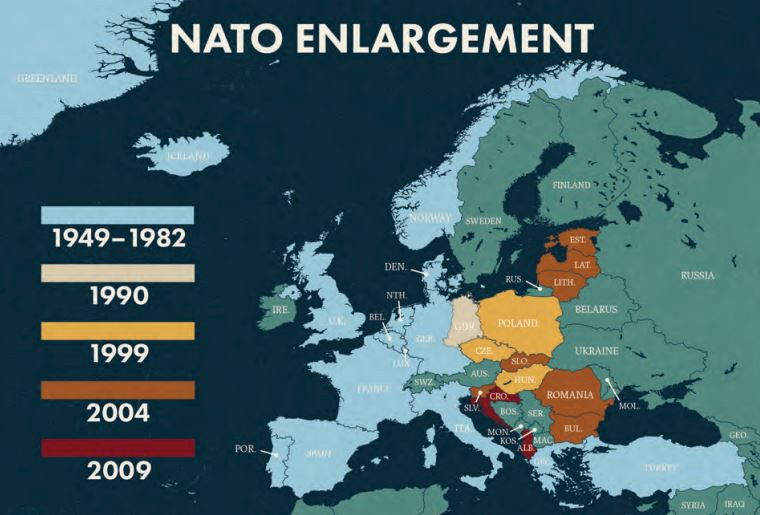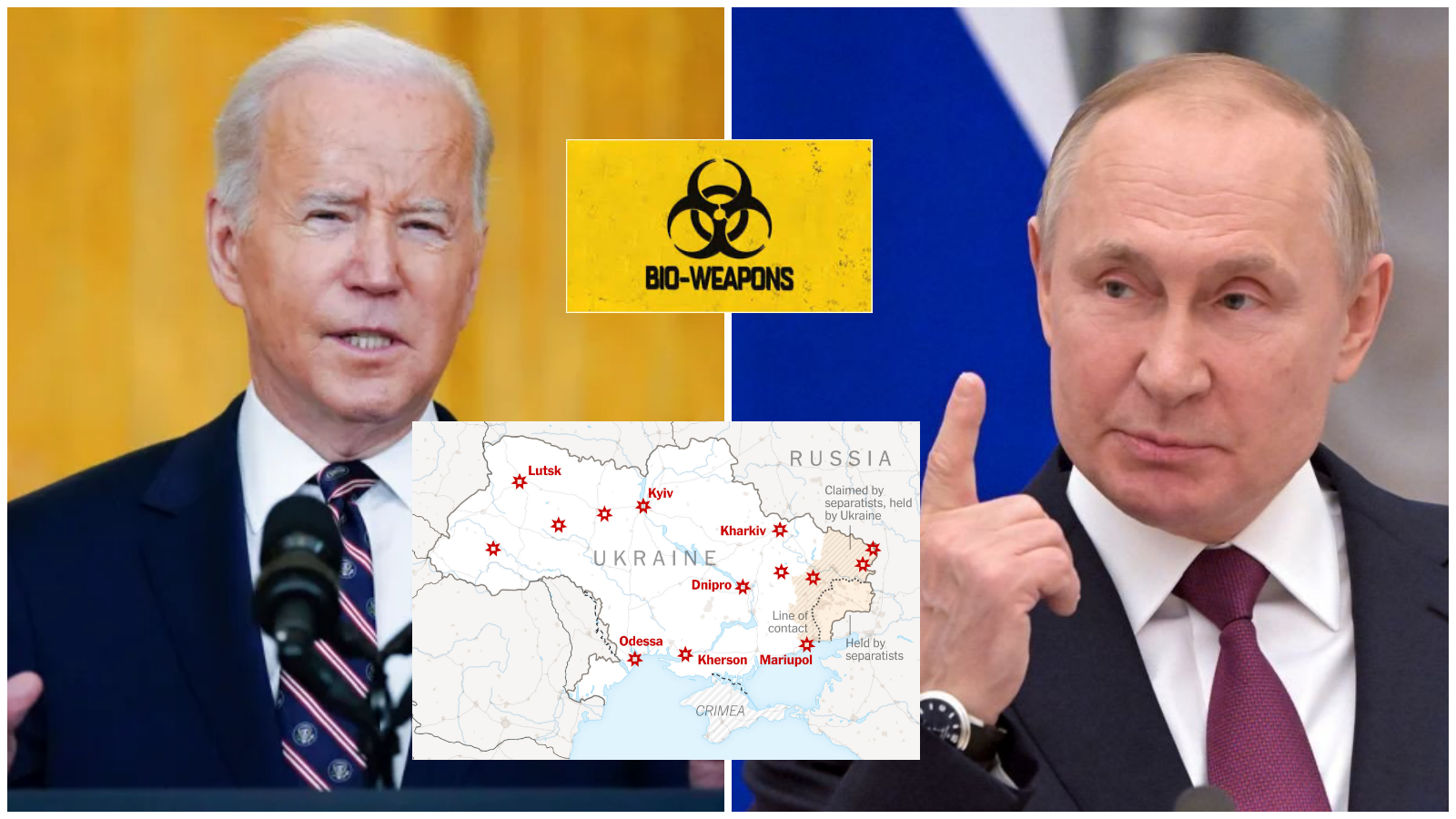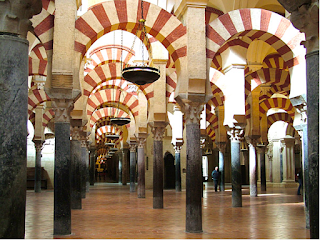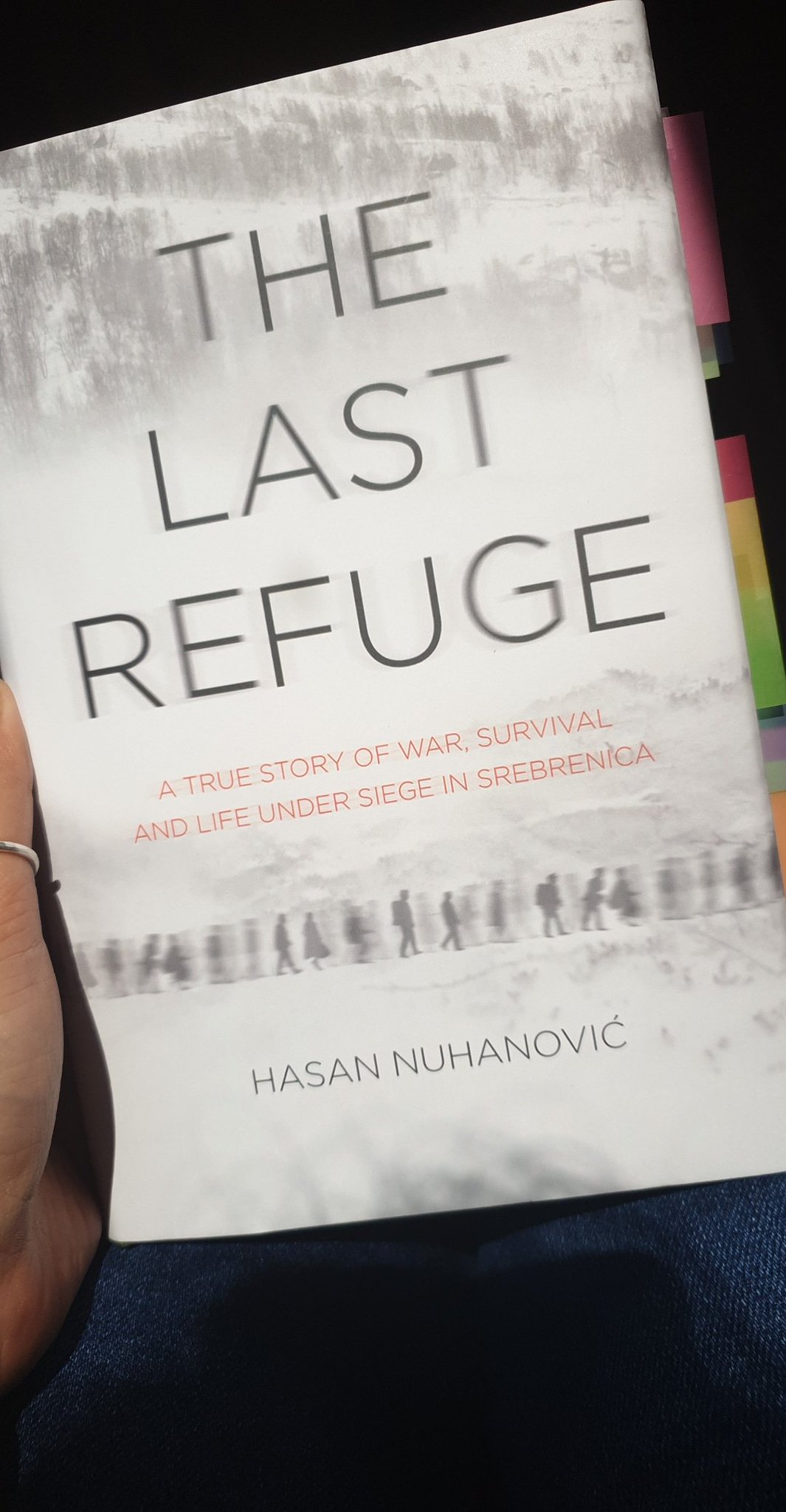Unlike Christianity where different denominations are defined by separate theological principles, divisions in the religion of Islam, surprisingly to some, have been established because of disagreements not totally of faith but of politics. This is especially relevant in the split between Sunni and Shia Muslims. which this post will mostly address. Although there are certain theological differences between the two sects, this post is mostly here to inform anyone interested in the basic historical background to the resulting divisions which have plagued modern day sectarian violence in the Middle East.
 |
| calligraphic representation of Husayn at Hagia Sophia-istanbul |
To begin, it's probably a good idea to start with a small overview of the family dynamics of the prophet Muhammed, as essentially the split between Sunni and Shia originated with the question: who should be the successor of Islam after the death of the Prophet? One contender of this position was Abu Bakr who was the father in law of Muhammed. The second contender was Ali the son in law of the prophet, who was married to Muhammed's daughter Fatimah and this marriage between Ali and Fatimah produced two sons- Husayn and Hasan.
Unlike in many western kingdoms at the time, where succession was usually hereditary e.g. would pass to the son of the ruler upon the death of the ruler; in Islam there was no set rule for succession. This is because it has to be remembered that Islam was still a relatively young movement at the time and there was no instructions in the Qu'ran on how do deal with succession. Indeed was a succession even permitted? It is also worth noting that no one was expecting Muhammed to pass away so soon, so the debate of who would bare the mantle of Islam after his death was not one that had been contemplated. Moreover, in relation to the common western notion of hereditary succession, the prophet himself although having 6 children (all with his first wife Khadijah who had since passed away), had zero male heirs which didn't make the situation much simpler.

As you can imagine, once the prophet died, there was plenty of dicussion over who should succeed him, which is where lies the main divisive point between Sunni's and Shias. Shia's maintain to this day that according to Hadiths, Muhammed had requested the presence of Ali on his death bed because he wanted him to succeed him after his death. Essentially Shias believe that the successor of Islam should have came from within the Prophets own bloodline as Ali was also the prophets cousin. Some also maintain that Ali coming to power was thwarted by the prophet's last wife - Aisha (daughter of Abu Bakr). The issue with Ali for the rest of the community was that he wasn't proven in battle nor charismatic. Eventually Ali didn't initially become Caliph and instead many of the prophets companions rallied around Abu Bakr to become the next leader of the Islamic community.
This leads us to the Sunni belief that the leadership should have been egalitarian and elected from the prophet's close companions. Eventually Abu Bakr go
t elected to become the successor of Muhammed, however inevitably this was met with some opposition in the form of Muhammed's influential Banu Hashim clan who wanted someone from their own tribe to become the leader, and indeed Fatimah tried to rally supporters away from Abu Bakr and towards her own husband Ali- a member of the Banu Hashim clan. Soon after, Fatimah dies and Ali ends up allying himself with Abu Bakr, perhaps in the hope that he would still gain some influence in the Islamic community? Or perhaps out of sincere loyalty to the prophet and Islam.
After 2 years of consolidating a growing empire and aiding with the collecting of the Qu'ran, Abu Bakr passes away and leaves the caliphate to Umar, another of the prophet's companions who had facilitated his rise to power. Umar further expanded the empire, taking Jerusalem and much of the Persian empire. it could be said that it was under the rule of Umar that the Islamic empire took shape, whereas under the prophet it had merely been a small community in Medina and Mecca.
Umar was killed and the Caliph to succeed him was Uthman who was also a close companion of the prophet. Again, it is important to note that whilst all this was going on and caliphs were being appointed, Ali still had not been given his chance of becoming caliph, and this to Shia's was an external conspiracy in which Ali had been prevented from becoming caliph by other companions of the prophet.
 |
| Umayyad mosque |
Uthman's rule was generally considered corrupt as he gave ruling positions to his relatives and he was considered by some impious due to the actions of some of his relatives. (more of which can be heard on the podcast below). While this is going on, the prophets wife Aisha becomes concerned and politically active. Seeing herself as 'the mother of believers' she believes that she knows what is best for the Muslim community, more than Uthman. Uthman is eventually killed by discontented Egyptians who then elect Ali as the next caliph! However, the issue that arises here is that Aisha is not happy with Ali as she believes that he should reprimand those who killed Uthman, however it's difficult for him to do that as it is them who have elected him as Caliph. Aisha therefore beca
me active in rallying support against Ali. Ali further loses two more crucial supporters in the form of Zubayr and Talha who were also companions of Muhammed-perhaps they wanted political power for themselves as they were Aisha's cousins? What we do know is that they defect to Aisha's side.
So by now divisions between the Ali camp and that of Aisha have deepened and a war is fought between the two at a battle in Basra - titled 'the battle of the camel' because in the middle of it all Aisha sits on a camel and directs her side in the war - a totally unheard of role for a female in early Arabian society. Aisha surrenders in battle to Ali who is quite respectful towards her and he in fact remains caliph.
Later in 657 there is another civil war and Mu'awiya (a relative of the deceased caliph Uthman) wants to avenge his relatives death. This avenging death principle was pretty common in Arab society. Mu'awiya tries to reclaim the caliphate as he believes Ali is unjustly there, especially as he didn't condemn the death of Uthman. As Ali tries to negotiate, a small group of his followers reject his leadership and they are called the 'Kharijites'='those who walked out' and they are a distinct sect altogether. They then end up killing Ali whilst he is praying during a bloody war in 658. So it could be said the aspect which evokes so much emotion in the Shia camp is the fact that the one they assumed to be leader doesn't really get a stable period of time to present his leadership - he constantly appeared to be at war.
After the death of Ali, Mu'awiya becomes Caliph, and there starts the Umayyad era of Islamic history
 |
| Umayyad's renovate the dome of the rock and al Aqsa |
in which the great Umayyad mosque of Damascus was created. It was also under this family that the dome of the rock was redecorated with Islamic inscriptions and a golden age in Al-Andalus (Spain) was established. In the meantime, Ali still has two sons. Hasan, one of the sons makes a deal with mu'awiyya and concedes defeat- he is then killed by his wife who supports Mu'awiya. Husayn, the second son, later tries to stand up against Yazid, a later Umayyad caliph. Husayn consequently leaves medina for mecca. On the way, people from Kufa ask for his help against what they deem an unjust regime. At Karbala, Husayn's caravan is intercepted and he and his family are beheaded by the Umayyads at the battle of Karbala in 6
80. This understandably caused outrage amongst the Shia community as they had now lost all descendants of Ali and indeed the event is remembered even today every year on day called 'Ashura'. The event is also poignant as it spurred a lot of other shia movements to take hold. Therefore the end result is not a question of w
ho will become the next successor but it is about the Ali dynasty versus other Islamic leaders.
Sources: For more in depth info listen to: http://15minutehistory.org/2014/10/29/episode-57-the-succession-to-muhammad/AND http://15minutehistory.org/2014/11/12/episode-58-islams-first-civil-war/
READ - lost islamic history by Firas Alkhateeb









